Best Formula: How Many Watts Does A Sewing Machine Use? 2024
When it comes to sewing machines, one of the essential factors to consider is power consumption. Understanding how many watts a sewing machine uses can help you make informed decisions about energy usage and potential cost savings.
In this article, we will explore the wattage requirements of sewing machines, providing you with valuable insights to ensure an efficient and economical sewing experience.
Whether you’re a hobbyist or a professional seamstress, knowing the power consumption of your sewing machine can empower you to choose the right model and manage energy consumption effectively.
A sewing machine typically uses between 50 and 200 watts of power. The specific wattage will depend on the model and brand of the sewing machine. Some newer, more powerful models can use up to 1,000 watts.
I’ve put together a detailed guide below that covers everything you need to know about this topic. Let’s get started!
How Many Watts Does a Sewing Machine Use?
Sewing machines were invented during the First Industrial Revolution to decrease the amount of manual sewing work performed in clothing and textile manufacturing.
The average sewing machine uses about 500-800 watts of power. The actual amount of power your sewing machine uses depends on the model of the sewing machine, the type of sewing you are doing, and the speed at which you sew.
If you are running your sewing machine at full speed, it will use more power than if you are sewing at a slower speed.
If you are looking to save on your energy bill, you can unplug your sewing machine when you are not using it.
If you are using your sewing machine frequently, you can also invest in a power strip with a built-in surge protector. This will help protect your sewing machine from power surges and help you save on your energy bill.
How to Calculate the Watts of a Sewing Machine

If you’re curious about how much electricity your sewing machine is using, or if you’re trying to calculate your home’s energy usage, it’s helpful to know how to calculate the wattage of a sewing machine.
There are a few different ways to calculate the wattage of a sewing machine. The most accurate way is to look at the machine’s power rating, which is usually listed in watts. Another way to calculate the wattage is to use the machine’s amperage rating and voltage.
To calculate the wattage of a sewing machine using the amperage and voltage ratings, multiply the amperage rating by the voltage rating.
For example, if the amperage rating is 1.5 amps and the voltage rating is 120 volts, the wattage would be 1.5 x 120, or 180 watts.
The final way to calculate the wattage of a sewing machine is to use the machine’s wattage rating. This is the least accurate way to calculate the wattage, but it is the easiest.
Simply multiply the wattage rating by the number of volts. For example, if the wattage rating is 100 watts and the voltage is 120 volts, the wattage would be 100 x 120, or 12,000 watts.
Sewing Machine Power Consumption Table
| Sewing Machine Model | Power Consumption (Watts) |
|---|---|
| Singer 1234 | 70 |
| Brother CS6000i | 65 |
| Janome HD3000 | 80 |
| Juki HZL-F600 | 90 |
| Bernina 1008 | 75 |
| Pfaff Ambition 1.0 | 85 |
Factors Affecting Sewing Machine Power Consumption
There are several factors that can affect the power consumption of a sewing machine. Here are some key factors to consider:
- Stitch Type and Length: Different stitch types and lengths require varying amounts of power. For example, a straight stitch with a shorter length may consume less power compared to a zigzag stitch or a longer stitch length. More complex stitches or decorative stitches often require additional power.
- Sewing Speed: The speed at which you operate the sewing machine can impact power consumption. Higher sewing speeds generally require more power to drive the machine and the motor. If you consistently sew at high speeds, it may result in increased power consumption.
- Motor Type and Efficiency: The type and efficiency of the motor used in the sewing machine can influence power consumption. Modern sewing machines often come with more energy-efficient motors that consume less power while maintaining performance.
- Machine Features and Accessories: Sewing machines may have additional features and accessories that can impact power consumption. For instance, built-in lights, LCD screens, automatic thread cutters, or computerized components can consume extra power. Using these features frequently can increase overall power usage.
- Needle and Thread: The type of needle and thread being used can indirectly affect power consumption. Thicker fabrics or multiple layers may require the motor to work harder, resulting in higher power consumption. Similarly, using heavy-duty or specialty threads may increase power usage.
- Maintenance and Lubrication: Proper maintenance and regular lubrication of the sewing machine can ensure smooth operation and reduce friction. A well-maintained machine can operate more efficiently, potentially lowering power consumption.
- Power Management Settings: Some modern sewing machines offer power-saving features or energy management settings. These settings can help reduce power consumption when the machine is idle or not in use for a certain period.
- External Factors: The power consumption of a sewing machine can also be influenced by external factors such as voltage fluctuations, variations in the electrical supply, or the quality of the power source.
In general, sewing machines consume a relatively small amount of power. The average home sewing machine consumes about 1 to 2 watts of power, while the average industrial sewing machine consumes about 500 watts of power.
The Cost of Using a Sewing Machine
The cost of using a sewing machine can vary depending on several factors. Here are some aspects to consider when calculating the overall cost:
- Purchase Price: The initial cost of acquiring a sewing machine can vary greatly. It depends on the brand, model, features, and quality of the machine. Sewing machines can range from affordable basic models to high-end machines with advanced functions. Research and compare prices to find one that suits your budget and requirements.
- Maintenance: Like any other mechanical device, sewing machines require regular maintenance to ensure smooth operation. Maintenance costs may include oiling, cleaning, and periodic servicing. Some machines may require specialized tools or professional assistance for maintenance, which can incur additional expenses.
- Supplies and Materials: Sewing projects require various supplies and materials such as fabric, threads, needles, buttons, zippers, and other accessories. The cost of these items depends on the quality, quantity, and type of materials you choose for your projects. It’s important to budget for these ongoing expenses.
- Energy Consumption: Sewing machines consume electricity while in use. The energy cost will depend on the machine’s power rating and the duration and frequency of usage. To estimate the energy cost, you can refer to the machine’s manual or contact the manufacturer for information on power consumption.
- Repairs and Replacements: Over time, sewing machines may require repairs or part replacements due to wear and tear or unforeseen malfunctions. Repair costs can vary depending on the complexity of the issue and the availability of spare parts. It’s a good idea to set aside a budget for unexpected repairs or consider warranties or insurance plans that cover such expenses.
- Learning and Training: If you’re new to sewing or want to improve your skills, you might consider taking sewing classes or workshops. These classes can be an additional cost but can provide valuable knowledge and guidance. Alternatively, there are also free resources available online for self-learning.
- Time and Effort: While not directly financial, it’s important to consider the time and effort you invest in sewing projects. Sewing can be time-consuming, especially for complex or large-scale projects. Your time is valuable, so it’s worth considering how much time you can allocate to sewing and whether it aligns with your overall goals and commitments.
Overall, the cost of using a sewing machine can vary depending on your individual needs and sewing projects. By considering all of the factors mentioned above, you can ensure that you are getting the most bang for your buck when it comes to using a sewing machine.
Average Power Consumption Of A Household Sewing Machine
The average power consumption of a household sewing machine is around 1,500 watts. However, this can vary depending on the specific model and make of the machine. For example, some models may consume less power, while others may consume more.
Does a sewing machine take a lot of Electricity?
The answer may surprise you because a sewing machine only uses around 80 watts of power, which is about the same as a standard light bulb.
So if you’re worried about your electricity bill, you can rest assured that your sewing machine isn’t going to break the bank.
However, there are a few things to keep in mind when it comes to sewing machine power usage.
First, the type of machine you have will affect how much power it uses. A standard home sewing machine will use less power than a commercial machine, for example.
Second, the speed at which you sew will also affect power usage. The faster you sew, the more power your machine will use.
So if you’re looking to save on your power bill, there are a few things you can do.
First, make sure you’re using the right sewing machine for your needs. If you only sew occasionally, a standard home machine will be just fine.
Second, try to sew at a slower speed. This will help to reduce power usage.
Lastly, be sure to unplug your machine when you’re not using it. This will help to prevent any unexpected power surges.
How Many Watts Does an Industrial Sewing Machine Use?
Most industrial sewing machines use between 500 and 1,500 watts of power. The actual power consumption will depend on the specific model of the machine and the speed at which it is operated.
Some machines may use more power when running at higher speeds, while others may be more efficient and use less power.
Most home sewing machines use between 50 and 200 watts of power. The actual power consumption will again depend on the specific model of the machine and the speed at which it is operated.
Some machines may use more power when running at higher speeds, while others may be more efficient and use less power.
The power consumption of a sewing machine can also be affected by the type of stitch being used. Some stitches require more power to create than others.
For example, a zigzag stitch may use more power than a straight stitch.
In general, industrial sewing machines tend to be more powerful than home sewing machines. This is because they are designed to handle heavier fabrics and to sew at faster speeds.
How Many Watts Does a Brother Sewing Machine Use?
The average Brother sewing machine uses between six and eight watts of power, with some models using as little as four watts. The Brother CS6000i, for example, uses six watts. The Brother 1034D uses eight watts.
How Many Watts Does a Juki Sewing Machine Use?
A Juki sewing machine typically uses between 500 and 1,500 watts of power. The specific wattage will depend on the model and brand of the sewing machine. For example, the Juki HZL-F600 uses 1,100 watts of power.
How Many Watts is a Mini Sewing Machine?
A mini sewing machine typically uses between 6 and 8 watts of power. This means that it costs less than $0.01 per hour to operate. However, the actual cost will vary depending on the price of electricity in your area.
How Many Watts Does a Singer-Sewing Machine Use?
Singer sewing machines for home use typically consume around 70 to 100 watts of power.
It’s worth noting that advanced or computerized models may have slightly higher power requirements due to additional features such as built-in stitches, LCD screens, or automatic functions. These machines may consume up to 120 watts or more.
To calculate how much your Singer sewing machine is costing you to run, you will need to know how many watts it uses and how much your electricity is per kilowatt hour.
Most electricity providers list their rates on their websites. Once you have that information, you can use this formula to calculate the cost:
Cost per hour = (watts / 1000) x price per kilowatt hour
For example, if your sewing machine uses 100 watts and your electricity is $0.15 per kilowatt hour, it would cost you $0.015 per hour to run your sewing machine or $0.36 per day.
How Many Watts is a Good Sewing Machine?
When it comes to finding the perfect sewing machine, there are a lot of factors to consider. One important factor is the machine’s wattage. But how many watts is a good sewing machine?
The wattage of a sewing machine can range from around 500 watts to 1,500 watts. And while a higher wattage doesn’t necessarily mean a better machine, it can give you an indication of the machine’s power and capabilities.
If you’re looking for a machine for heavy-duty sewing, then you’ll want a machine with a high wattage. A machine with a wattage of 1,000 watts or more will be able to handle thicker fabrics and multiple layers of fabric.
If you’re looking for a machine for general sewing, then a machine with a wattage of 500 watts should be sufficient. A machine with a lower wattage may be fine for light-duty sewing, but it may struggle with thicker fabrics.
How Much Electricity Does a Sewing Machine Use Per Hour?
The electricity consumption of a sewing machine varies depending on the model and usage. On average, a sewing machine consumes around 70 to 100 watts per hour when in operation.
However, energy-efficient models or those with additional features may consume less or more electricity accordingly.
How Many Amps Does a Sewing Machine Use?
The amperage of a sewing machine can vary depending on the specific model and its power requirements. Generally, sewing machines consume around 0.5 to 2 amps during operation.
It’s always advisable to check the manufacturer’s specifications or consult the user manual for accurate information regarding the amperage of a particular sewing machine.
What Energy Does a Sewing Machine Use?
A sewing machine primarily uses electrical energy to operate. It is powered by electricity from a standard power outlet or a battery.
The electrical energy is converted into mechanical energy, which powers the various moving parts of the machine, such as the motor, needle, and feed mechanism, enabling the sewing process to take place.
Where To Find the Sewing Machine Watts Number?
You can find the wattage of your sewing machine by looking at the label on the back or bottom of the machine. The wattage will be listed in either amps or watts.
If it is listed in amps, you can multiply that number by 120 to get the wattage. For example, if your machine uses 8 amps, it uses 8 x 120 watts or 960 watts.
If you can’t find the wattage listed on your machine, you can calculate it by using a simple formula. First, find the voltage of your machine.
This should be listed on the machine or in the manual. Once you have the voltage, multiply it by the amperage. For example, if your machine has a voltage of 120 and uses 8 amps, the wattage would be 120 x 8, or 960 watts.
To sum it up, the average sewing machine uses between 120 and 200 watts. You can find the wattage of your particular machine by looking at the label or in the manual. If you can’t find it, you can calculate it by multiplying the voltage by the amperage.
What If I Can’t Find the Watts Number?
If you’re unable to find the watt number on a specific device, here are a few steps you can try:
- Check the device: Examine the device carefully, especially near the power input or on any labels. Look for terms like “Watts,” “W,” “Power,” or “Consumption.” The wattage may be mentioned alongside these terms.
- Product documentation: Consult the user manual, product datasheet, or any accompanying documentation that came with the device. Manufacturers often provide detailed specifications, including the wattage, in these documents.
- Online search: If you have the model number or the specific product name, try searching for it online. Visit the manufacturer’s website or search for product specifications on reliable retail websites. These sources often provide detailed information, including the wattage, of their products.
- Contact the manufacturer: If all else fails, you can reach out to the manufacturer directly. Visit their website and look for contact information or customer support. Provide them with the specific details of the device, and they should be able to assist you in finding the watt number.
Can you Run a Sewing Machine on Solar Power?
Yes, you can run a sewing machine on solar power, but the amount of power you’ll need will depend on the type of machine you have.
A standard sewing machine uses between 60 and 200 watts of power, so you’ll need a solar panel system that can generate at least that much power.
If you want to run your sewing machine entirely on solar power, you’ll need to factor in the power consumption of other household appliances as well.
A typical home uses about 1,000 watts of power, so you’ll need a solar panel system that can generate at least that much power.
Solar power is a great renewable energy source that can be used to power a variety of household appliances. If you’re considering using solar power to run your sewing machine, be sure to factor in the power consumption of other appliances in your home as well.
How to Choose the Correct Adapter for Your Sewing Machine?
As you know, a sewing machine is a very useful tool, but it can be quite confusing when it comes to choosing the right adapter. Here, we will help you understand how to choose the correct adapter for your sewing machine.
There are two types of adapters for sewing machines:
AC adapters and DC adapters. AC adapters are the most common and are used with most sewing machines. DC adapters are used with some models of sewing machines that have a special power supply.
When choosing an adapter for your sewing machine, you need to consider the following factors:
- The voltage of the adapter. The voltage of the adapter must match the voltage of your sewing machine.
- The wattage of the adapter. The wattage of the adapter must be equal to or greater than the wattage of your sewing machine.
- The type of plug on the adapter. The type of plug on the adapter must match the type of plug on your sewing machine.
- The size of the adapter. The size of the adapter must be equal to or greater than the size of your sewing machine.
Once you have considered all of these factors, you will be able to choose the correct adapter for your sewing machine.
Tips for Reducing Power Consumption
Sewing machines are one of the most commonly used pieces of equipment in the home. They are also one of the biggest consumers of electricity. A typical sewing machine uses about 1,500 watts of power. That’s a lot of power!
There are a few easy ways to reduce the amount of power your sewing machine uses.
- First, make sure your sewing machine is properly maintained. A well-oiled and cleaned sewing machine will run more efficiently than one that is neglected.
- Second, only use your sewing machine when you need to. If you can sew by hand, that’s always the best option. Sewing by hand is not only more eco-friendly, but it’s also usually faster.
- Third, invest in a good quality sewing machine. A cheap sewing machine will use more power than a high-quality one. It’s also more likely to break down, which will end up costing you more money in the long run.
- Fourth, use a power strip with a built-in surge protector. This will help protect your sewing machine from power surges and brownouts.
- Finally, unplug your sewing machine when you’re not using it. Even when it’s turned off, your sewing machine is still using a small amount of power. By unplugging it, you’ll save even more energy.
By following these simple tips, you can easily reduce the amount of power your sewing machine uses. Just a few simple changes can make a big difference!
Conclusion
I hope now you are well aware of how many watts does a sewing machine use? In conclusion, the power consumption of a sewing machine typically falls within the range of 50 to 100 watts. This energy-efficient design allows sewing enthusiasts to enjoy long sewing sessions while keeping their electricity costs in check.
While power consumption may vary slightly depending on the specific model and features, modern sewing machines prioritize energy efficiency, making them an eco-friendly choice for both hobbyists and professionals.
By using a sewing machine within this wattage range, individuals can confidently pursue their creative projects while minimizing their environmental impact and electricity expenses.
So, whether you’re sewing garments or working on home decor, rest assured that your sewing machine is designed to use power efficiently.
FAQS: How many Watts does a Sewing Machine Use
What is the power consumption of a sewing machine?
The power consumption of a sewing machine varies depending on the model and features. On average, most sewing machines consume around 50 to 100 watts of power during operation.
How can I determine the wattage of my sewing machine?
To determine the wattage of your sewing machine, check the manufacturer’s specifications or look for a label on the machine itself. Alternatively, you can refer to the user manual or contact the manufacturer for more information.
Can I use a sewing machine with a low-power generator or inverter?
Yes, sewing machines generally have low power requirements, making them suitable for use with low-power generators or inverters. However, it’s important to ensure that the generator or inverter can provide a stable power supply to avoid any potential damage to the machine.
Are there energy-efficient sewing machines available?
Yes, many sewing machine manufacturers offer energy-efficient models that consume less power without compromising on performance. Look for machines with energy-saving features such as LED lights, automatic shut-off, or power-saving modes.
Can using a sewing machine impact my electricity bill significantly?
Sewing machines are generally designed to consume low power, so the impact on your electricity bill should be minimal. However, the actual impact depends on factors such as the frequency and duration of usage. If you use your sewing machine extensively, it’s advisable to monitor your electricity usage to get a better understanding of the cost.
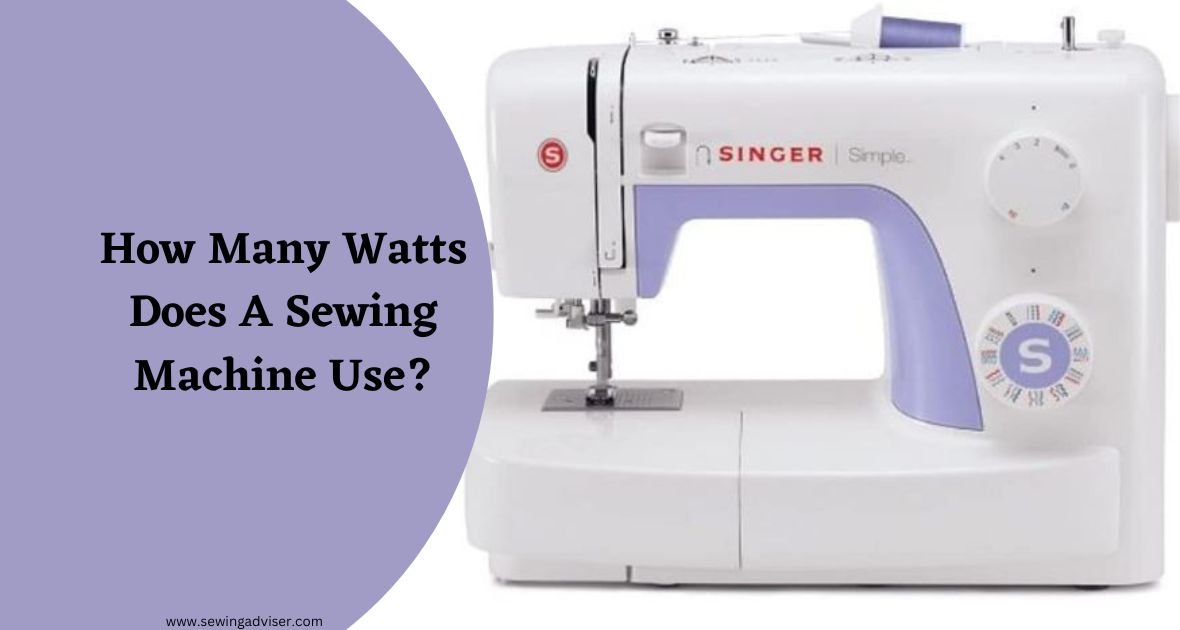

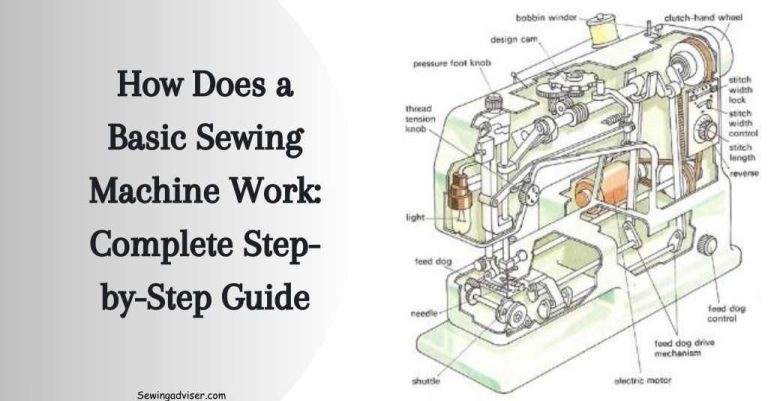
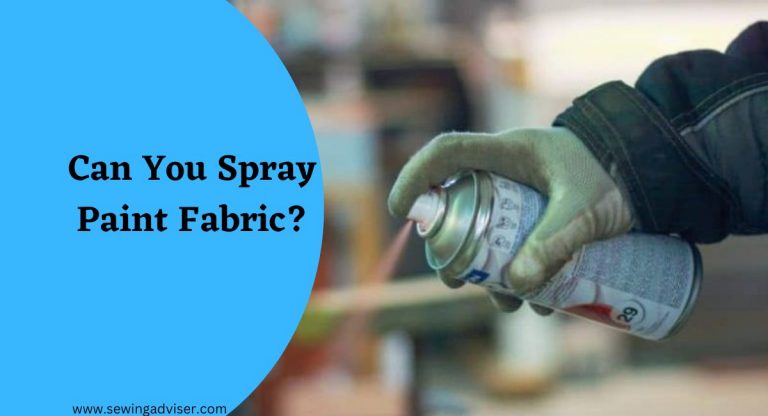
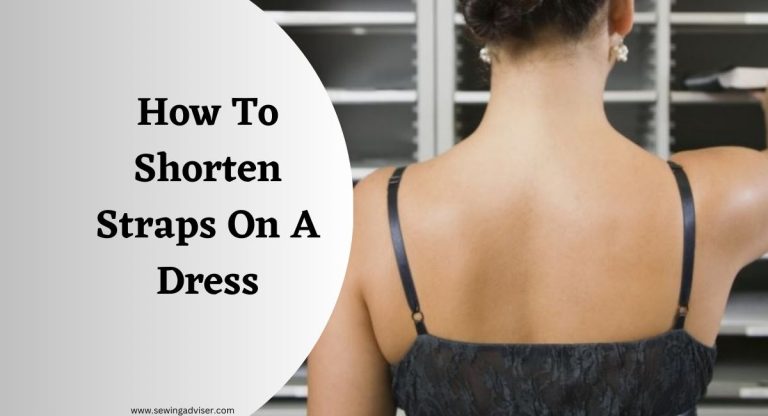
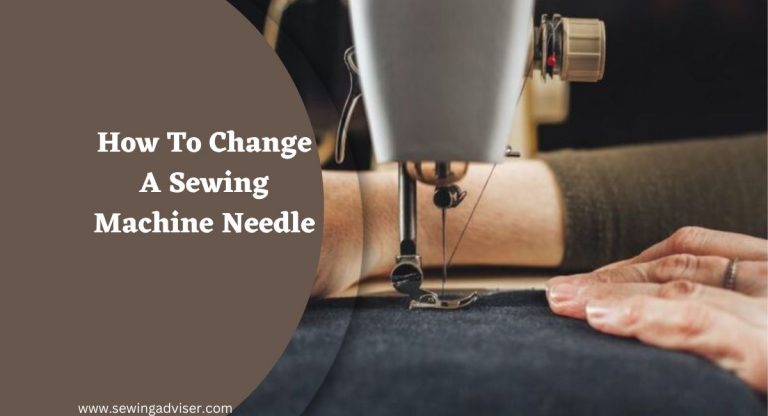
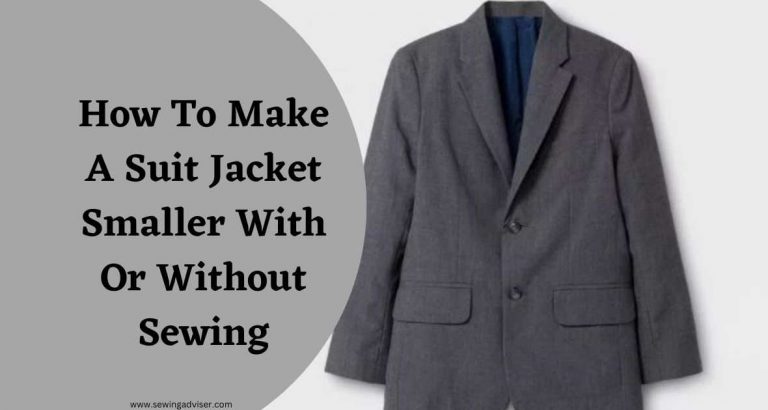
8 Comments